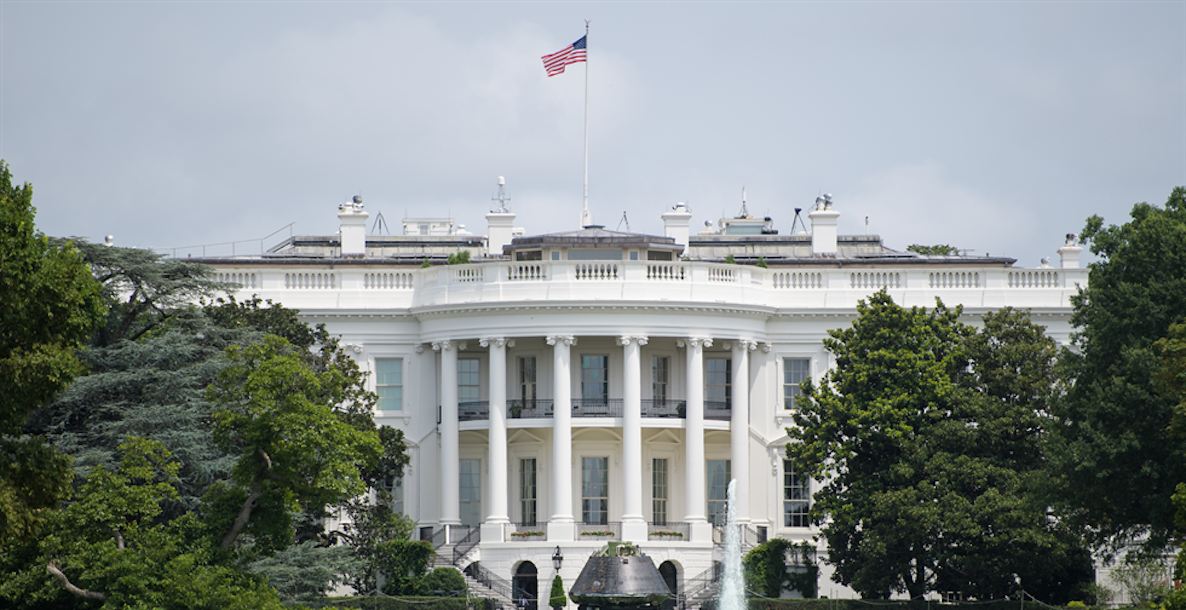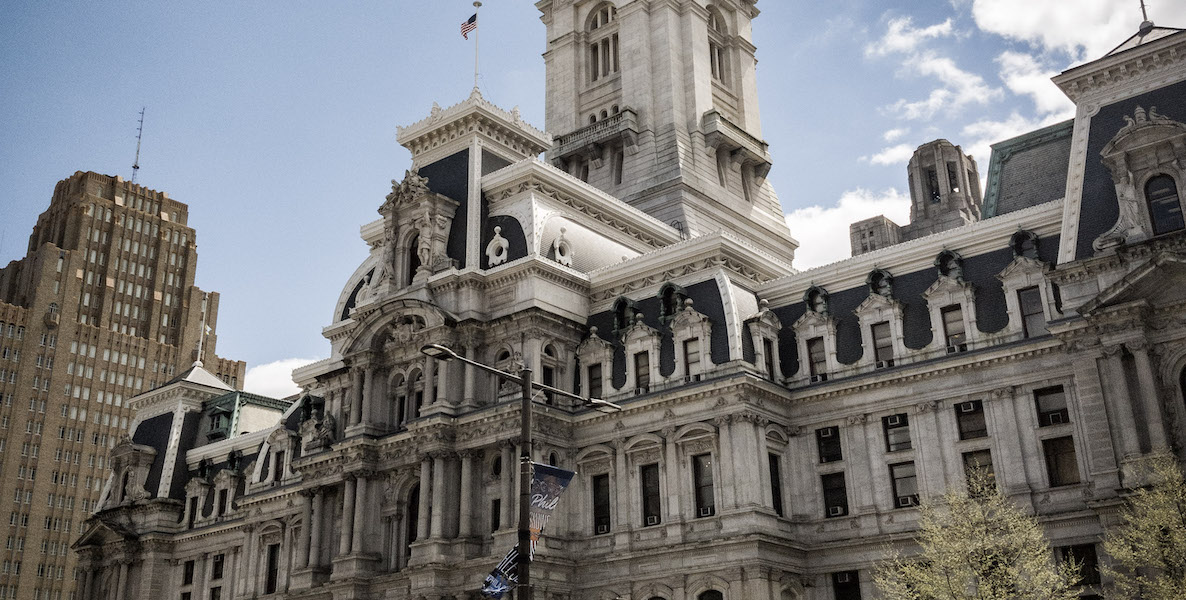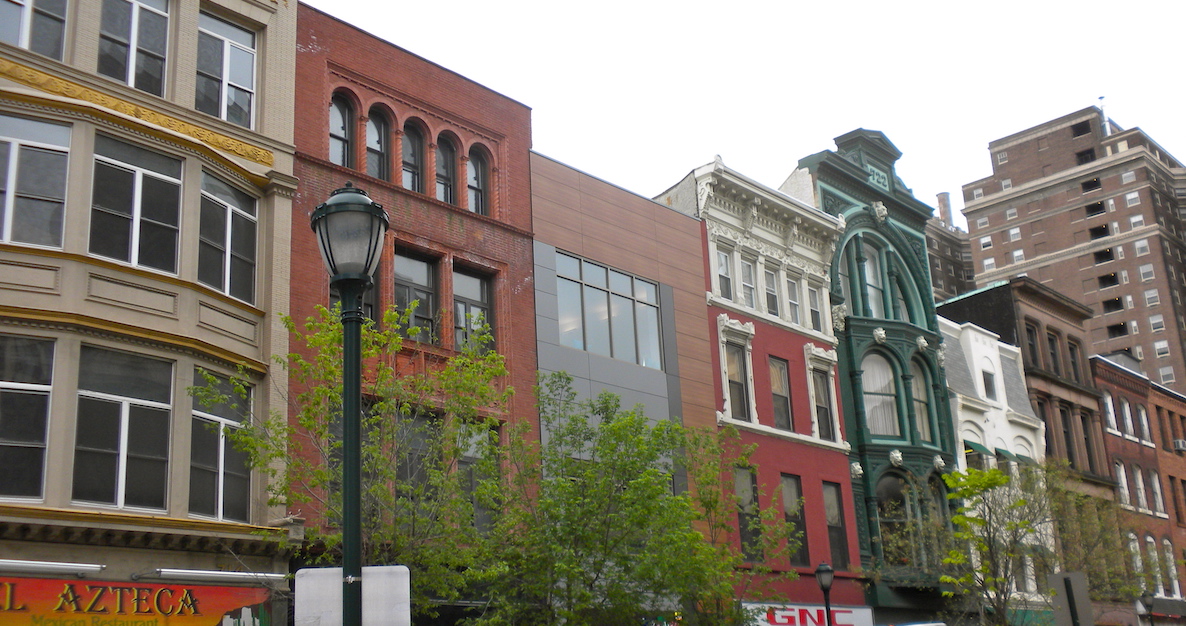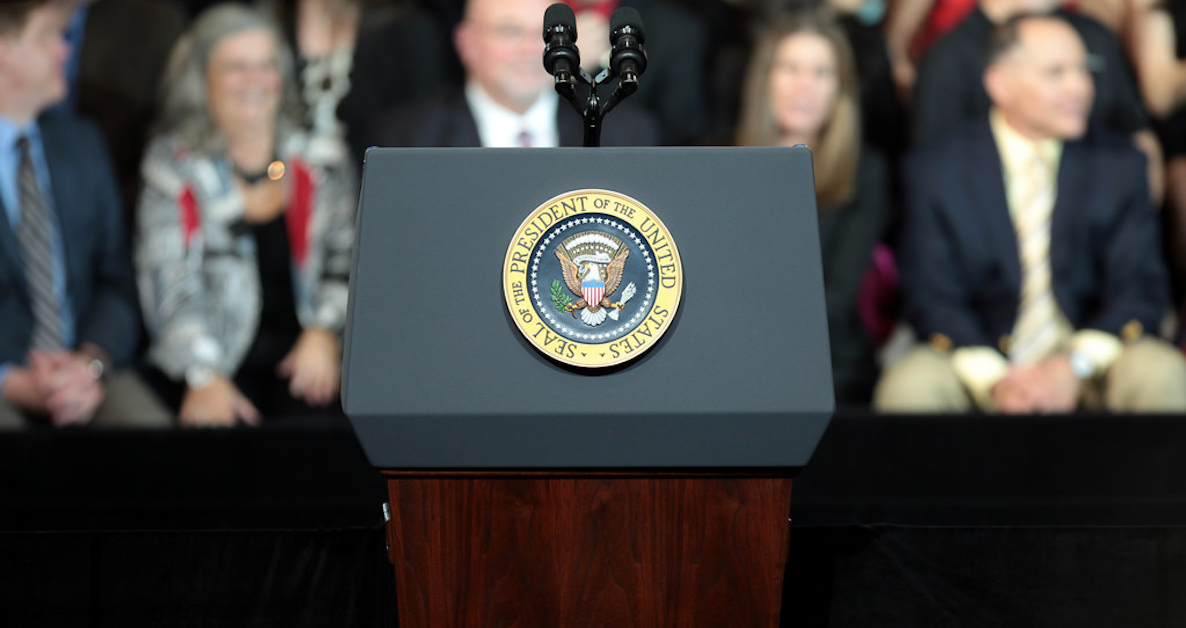This week the Nowak Metro Finance Lab at Drexel University released the first in a series of City Cases: Cincinnati’s Over-The-Rhine: A Private Led Model for Revitalizing Urban Neighborhoods.
Creation of this series was a high priority of Jeremy Nowak and myself in starting our new venture at Drexel, now (unbelievably) a year old. We believed that cities, given their immense and growing responsibilities, require new governance and finance models that organize public, private and civic capital in novel ways. Most 20th Century institutions, frankly, are ill-equipped to meet the challenges of our times. They are too tired, too compartmentalized and too narrowly focused (on “housing” or “convention centers” or “stadia” or “community development”) to take the holistic view necessary to drive transformative change.
![]()
The new Nowak Lab City Case series is meant to capture and codify urban institutional models that have the proven capacity, capital and community standing to effect such change. The goal of this series is to bring depth and specificity to the analysis of institutional solutions, distilling enabling features as well as financial mechanisms, to enable large-scale adoption and adaptation.
Our first City Case, co-authored by Karen Black, Luise Noring and myself and released in collaboration with Accelerator for America and ICLEI, focuses on Cincinnati’s Center City Development Corporation, commonly known as C3DC. C3DC is a 16-year-old nonprofit corporation that has driven the regeneration of Over-the-Rhine, a deeply distressed, historic community located adjacent to Cincinnati’s traditional downtown.
We have, in short, the model. Cities have the funding. They also have the need. What’s stopping us?
C3DC was an institution born in crisis. In 2001, the city experienced a multi-day racially-charged riot following the shooting of an unarmed black teen by police. The Mayor at the time, Charlie Luken, and corporate leaders agreed that action needed to be taken to spur revitalization and stem the tide of disinvestment in the core of the City. They decided to create a non-profit corporation, arm it with patient capital raised from local corporations like Proctor and Gamble, hire a brilliant urban practitioner (Steve Leeper) to lead the organization and give him the backing and breathing room necessary to redevelop civic space and vacant properties in a strategically located, hard-hit neighborhood.
![]()
The impact has been remarkable. 3CDC has created a profound physical transformation of a 110-square-block area of Cincinnati over the last 15 years. With a total investment of $1.4 billion, 3CDC has restored 166 buildings and 14 acres of civic space. 3CDC leveraged substantial capital funding from Cincinnati corporate partners multiple times with conventional loans and public funding to complete large-scale redevelopment projects.
![]()
By my account, 3CDC’s impact has been impressively inclusive. It has undertaken intentional strategies to avoid direct displacement of residents through a multi-pronged approach to rehabilitate vacant buildings, leave renters in place and create a sustainable, racially diverse, mixed income neighborhood. Two-thirds of of the rental units 3CDC builds are affordable to households earning below 80 percent of area median income and 3CDC has helped to fund five new state-of-the-art homeless shelters. Its reclamation of iconic public and civic spaces has restored a sense of place and community to the core of the city.
My co-authors and I strongly believe that the Cincinnati model can be widely replicated across the United States and beyond. Already Erie, PA has created a Downtown Development Corporation, built and backed by private and civic capital and modeled in structure and strategy after 3CDC. There are literally dozens if not hundreds of communities that have people and anchor institutions with the resources and capacities to follow Erie and adapt the Cincinnati model. Some of the country’s largest investors are high net worth families in Kansas City, MO, Omaha, NE and Philadelphia PA; anchor corporations in Birmingham, AL, Milwaukee, WI and Salinas, CA; well-endowed universities in Baltimore, MD, Houston, TX and South Bend, IN; philanthropies in Buffalo, NY, Cleveland, OH and Detroit, MI; and community foundations and pension funds in every state. Capital is not the constraint; collective will and organizing are the principal barriers.
What if 25 cities created their own versions of 3CDC by the end of 2020? With an average patient capital base of $50 million apiece, that would require $1.25 billion to be raised, a sum completely within the means of most medium-sized and even small cities in the United States.
Here is a modest challenge for the nation. What if 25 cities created their own versions of 3CDC by the end of 2020? With an average patient capital base of $50 million apiece, that would require $1.25 billion to be raised, a sum completely within the means of most medium-sized and even small cities in the United States.
Such a burst of institutional innovation would have three effects in the near and intermediate term:
First, like 3CDC, it would enable cities to leverage patient capital investment multiple times with conventional bank debt, public incentives and additional private, market-oriented investment. This is particularly true given the availability of the Opportunity Zones tax incentive. The Erie Downtown Development Corporation is already building a playbook for other cities to replicate: buy strategically located property with patient capital and then use Opportunity Zone equity, in part, to spur renovation and adaptive reuse.
Second, it would enable anchor institutions to work harder for the cities in which they are anchored. Anchor institutions routinely buy local, hire local and entice their employees to live locally. Yet they often invest their market capital outside of their cities via private equity and venture capital firms that favor a few coastal cities over the rest of the country. It’s time to rewire the flow of capital and invest locally for the long term. This is not a cry for philanthropy but a proposition for serious market and social returns.
Finally, it would prepare cities for whatever ultimately emerges at the federal level in the aftermath of the 2020 election. If a Democrat wins in 2020, some mix of place-targeted initiatives is likely to be enacted. Realizing the full potential of such new initiatives is contingent on having institutions with the wherewithal to deliver and execute. Erie was ready to take advantage of Opportunity Zones; which city will be prepared to take advantage of what comes next?
We have, in short, the model. Cities have the funding. They also have the need. What’s stopping us?
Bruce Katz is the director of the new Nowak Metro Finance Lab at Drexel University, created to help cities design new institutions and mechanisms that harness public, private and civic capital for transformative investment.
Flickr






